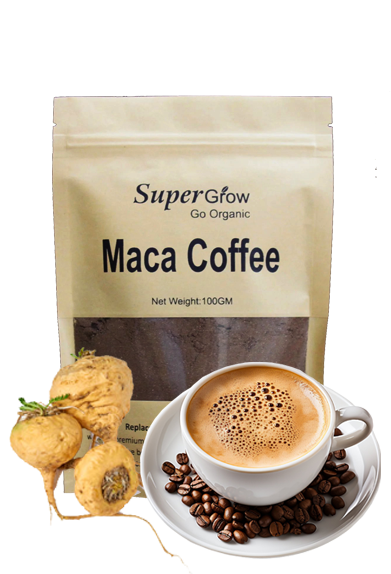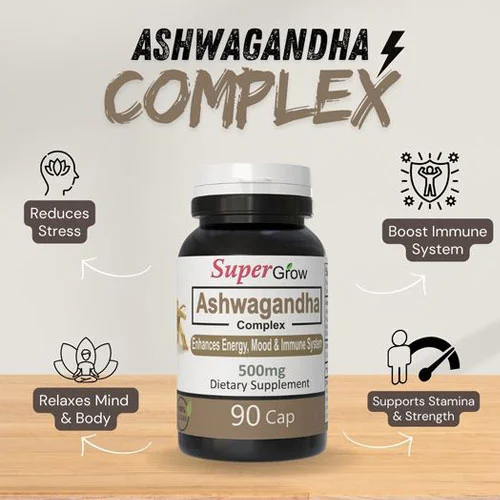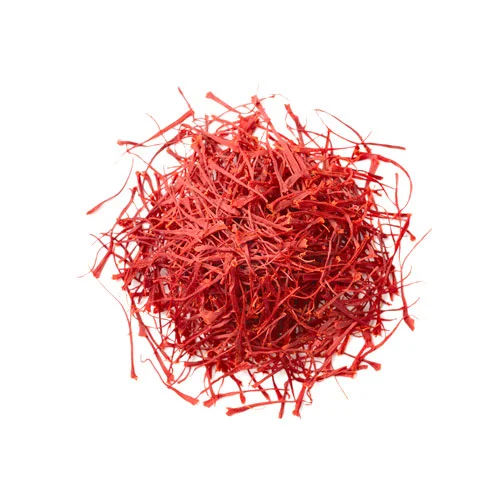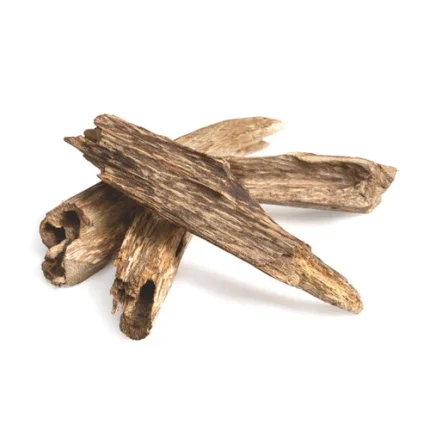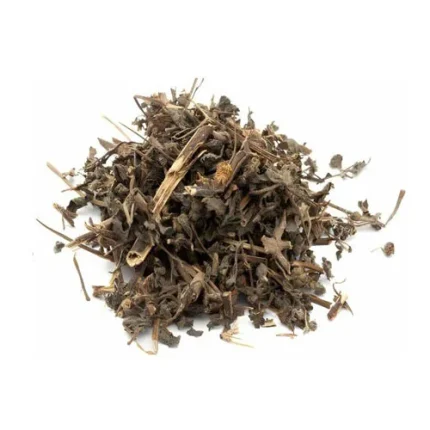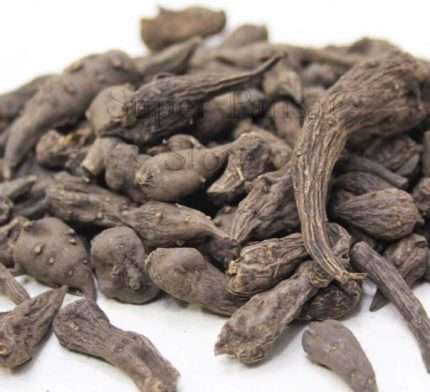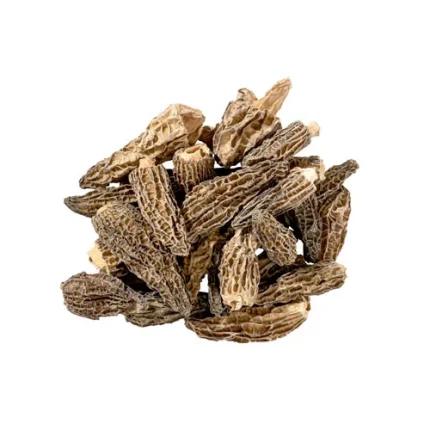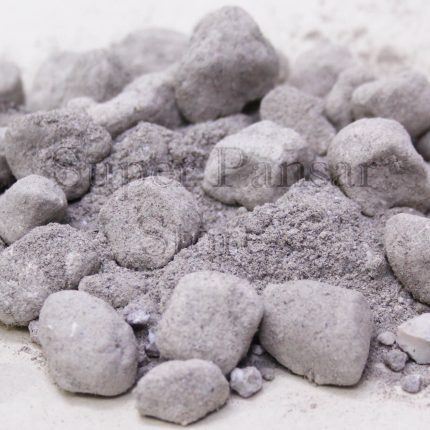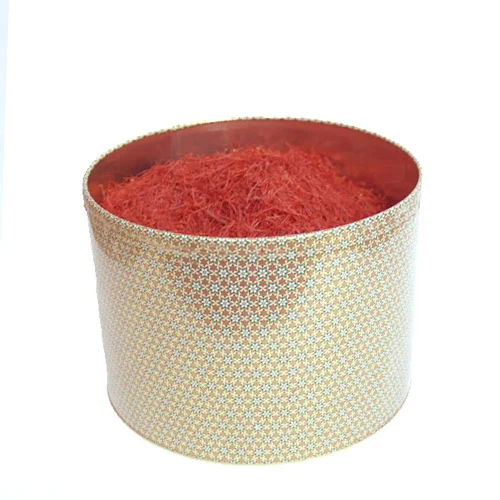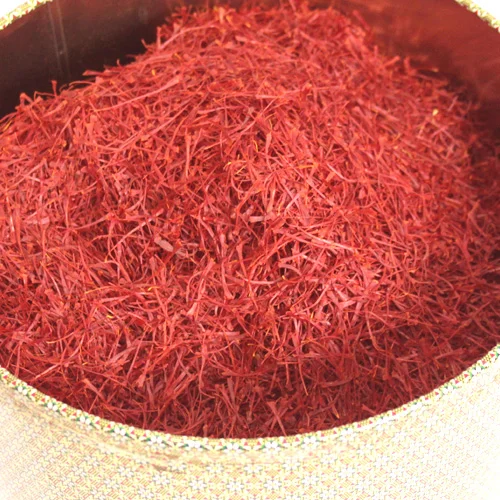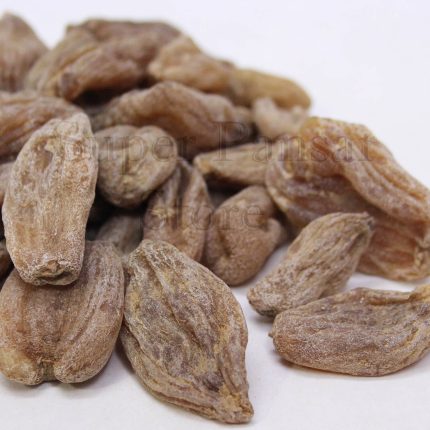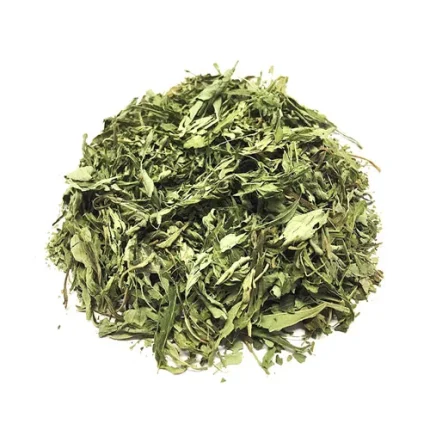

Premium Saffron (Zafran) زعفران
₨900 – ₨35,000
Saffron Overview
Saffron is a highly prized spice harvested from the stigma of the Crocus sativus flower. Known for its vibrant red color, unique aroma, and distinct flavor, saffron requires a labor-intensive harvest. Each flower only produces three red stigmas, making saffron one of the most expensive spices in the world. The active compounds in saffron—crocin (color), picrocrocin (taste), and safranal (aroma)—are responsible for its unique properties.
Key Benefits
Antioxidant Properties:
Saffron is rich in crocin, crocetin, and safranal, which neutralize free radicals, protect cells, and reduce the risk of chronic diseases like cancer and heart disease.
Mood Enhancement:
Known for its antidepressant properties, saffron may help reduce mild to moderate depression and anxiety by influencing neurotransmitter levels in the brain.
Cognitive Function:
Studies suggest saffron may support memory and help prevent cognitive decline, including diseases like Alzheimer’s.
Heart Health:
Saffron has potential cardiovascular benefits, such as lowering blood pressure, improving cholesterol, and reducing the risk of atherosclerosis.
Weight Management:
By influencing serotonin levels, saffron may help control appetite and food intake, assisting with weight management.
Saffron Uses
Culinary Uses:
Flavoring:
Adds a floral, honey-like taste to dishes like rice, curries, soups, and desserts.
Coloring Agent:
Gives a golden hue to dishes like biryani, paella, and risotto.
Baking:
Used in breads, cakes, and pastries for flavor and color.
Cosmetic & Skincare:
Skin Brightening:
Helps even skin tone and reduce dark spots.
Anti-Aging:
The antioxidants in saffron reduce wrinkles and protect skin from aging.
Hair Care:
Nourishes the scalp and promotes healthy hair growth.
Beverage Uses:
Saffron Tea:
Steep saffron in hot water for a fragrant and calming tea.
Infused Beverages:
Flavor drinks like lassi, cocktails, or herbal concoctions.


 Shop layouts
Shop layouts
 Food Supplements
Food Supplements
